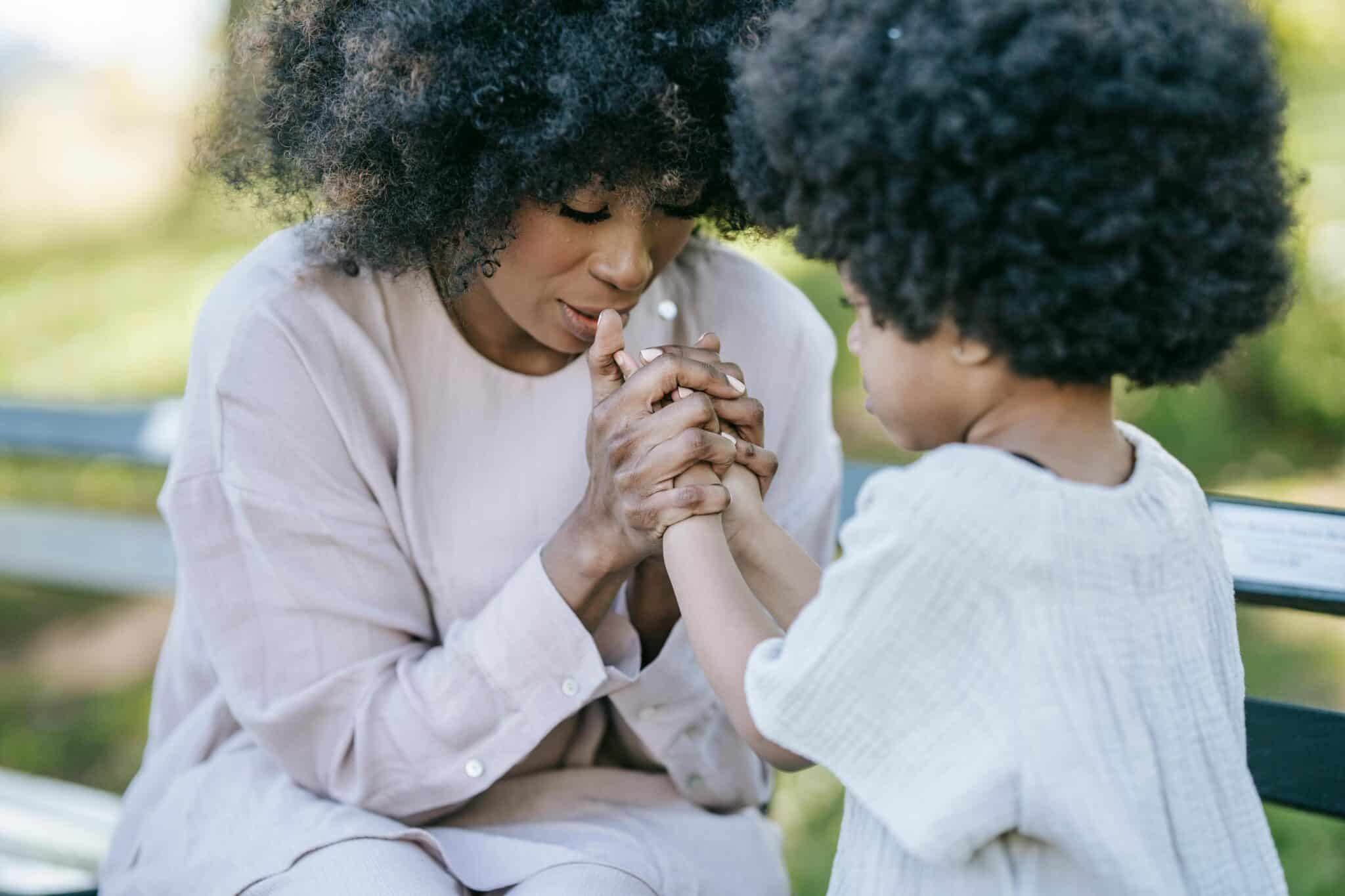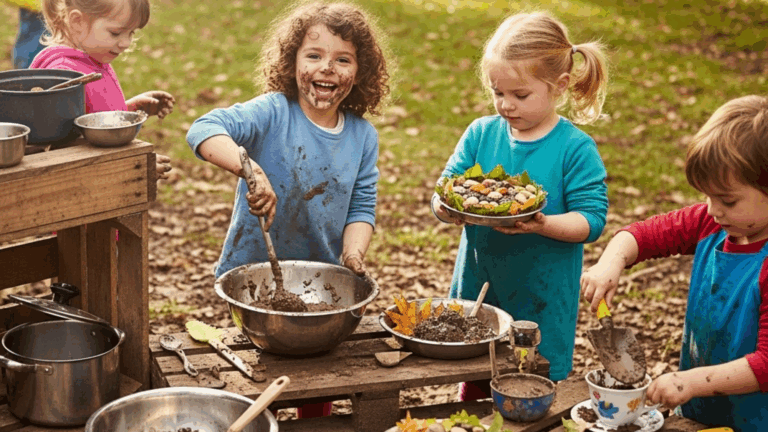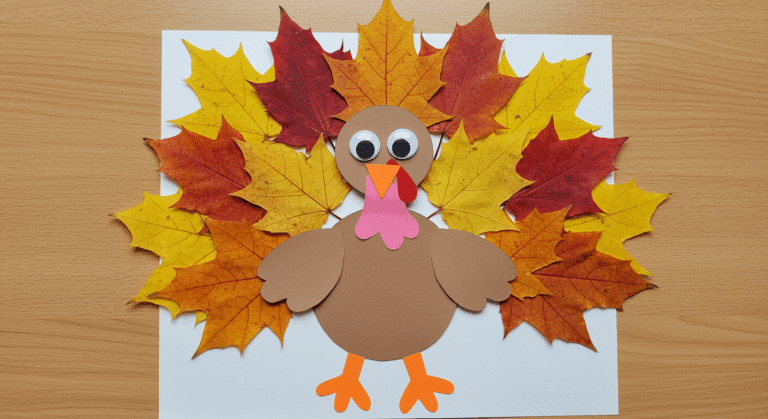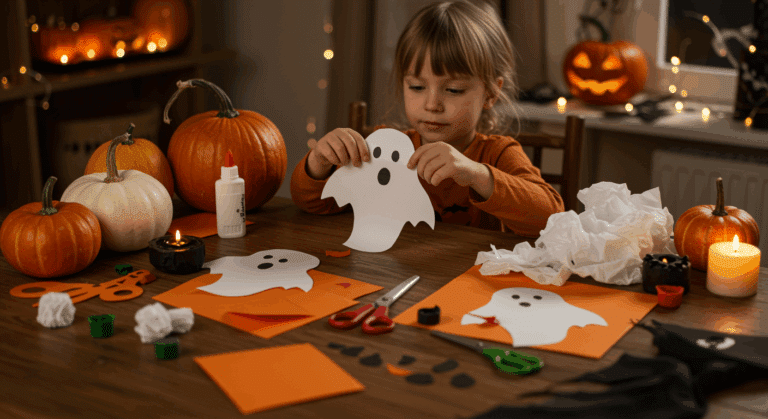When parents face divorce, children often struggle with the emotional upheaval and uncertainty that follows. Major life changes can leave children feeling confused, anxious, or even responsible for what’s happening between their parents. These strong emotions may be difficult for children to understand, let alone express in healthy ways.
Finding activities that help children process feelings during family transitions is important for their emotional wellbeing. Children who express emotions safely tend to adjust better to new family arrangements. Simple activities create safe spaces for children to work through feelings about divorce, custody arrangements, and changing home environments.
Parents navigating divorce can support their children by introducing activities designed to encourage emotional expression during challenging times. These approaches give children the tools they need to identify, understand, and communicate their feelings as their family structure changes.
How Divorce Affects Children’s Emotional Health
Divorce creates emotional challenges for children of all ages. How children respond to separation depends on their development stage and support systems. Financial tools can help parents plan practical changes, while emotional strategies address children’s wellbeing throughout the transition.
Young children might show regression in behaviour, such as bed-wetting or baby talk. School-aged children commonly experience sadness, anger, or feelings of abandonment. Teenagers might withdraw or act out as they process the family changes.
Preschoolers may become clingy or regress, while older children and teens might show their feelings through withdrawal or changes in behaviour.
Structured routines and regular outlets play an important role in helping children handle stress during divorce. Watching for changes like disrupted sleep, slipping grades, or sudden bursts of anger helps parents see when extra support is needed.
Age-Appropriate Emotional Responses

Preschoolers often show their feelings about divorce through their behaviour rather than words. They might become clingy, have tantrums, or revert to earlier behaviours like thumb-sucking. These young children usually don’t have the vocabulary to explain their emotions, so they show them through actions instead.
School-aged children tend to ask many questions about the divorce and seek reassurance about the future. They might worry about practical matters like where they’ll live or who will take them to school. These children often need clear explanations and steady reassurance that both parents still love them.
Tweens and teens frequently show their emotional distress through withdrawal, anger, or risk-taking behaviours. They might seem fine on the surface but struggle internally with feelings of betrayal or worry about their own future relationships.
Some emotional reactions are normal parts of adjusting to divorce. However, certain behaviours signal that a child needs extra help. These include prolonged depression, talk of self-harm, severe aggression, or complete withdrawal from activities they once enjoyed.
Creative Activities That Help Children Process Change
Art projects let children show feelings they can’t say out loud. Drawing family portraits, painting with colours to match feelings, or making clay models help children sort out emotions about divorce. Drawing pictures and creative activities give children a way to express themselves without words, which can be especially helpful during stressful times.
Older children might prefer keeping a journal with prompts such as “Today I felt…” or “I wish my parents knew…”. For younger children, expressing themselves through drawing or simple storytelling works well.
Puppet play offers a comfortable way for younger children to talk about feelings. Puppets can “say” things the child finds scary to say for themselves, making it less intimidating to discuss anger or sadness.
Movement-based activities, such as dancing, running, or even a supervised pillow fight, help release tension and make space for laughter during tough days. Physical activities can provide a positive outlet for big emotions and help children feel more in control of their bodies and feelings.
Setting Up Successful Emotional Expression Sessions
Children open up more when they know their feelings won’t be judged or dismissed. If a child expresses anger or sadness, simple validation such as, “It’s okay to feel that way,” lets them feel heard. Keeping regular times for check-ins, maybe a bedtime chat or a Saturday morning art session, builds trust and consistency.
Accessible supplies like paper, markers, puppets, and journals nearby encourage spontaneous expression. Responding with calm listening, rather than criticism or problem-solving, reassures children that all their feelings matter. Not every conversation needs to end with a solution; sometimes just being present is enough.
Financial Changes and How to Explain Them to Children
Children often notice changes to family routines, especially around finances. Plain language works best. For example, young children might only need to hear, “We’ll have two cosy homes now.” For older children, allowing questions and offering honest but gentle explanations eases fear about the future.
Parents find that using drawings or even building simple models of new living spaces helps children process what’s coming. When answering questions about spending, focusing on new priorities rather than losses shows that change is about adjustment, not just going without.
Before any conversation, parents can use divorce settlement calculators to get a clearer picture of their financial situation. Stowe Family Law have this tool to help families estimate what financial changes might look like, making it easier to reassure children and answer questions truthfully.
Building New Family Traditions After Separation

New rituals help children feel safe and included. This could be as simple as regular Friday film nights, Sunday pancake breakfasts, or making memory books filled with photos and notes from each parent’s home. These activities give children bright spots to look forward to and reinforce connections with both parents. Shared hobbies and routines can help children feel secure and maintain strong relationships with both parents after a separation.
Children also benefit from routines that are predictable across both homes. When parents agree on things like bedtime or homework expectations, children are less anxious and settle into changes with fewer worries. Keeping open communication by sharing stories about fun times with the other parent reminds children that all relationships remain important.
Co-Creating Family Agreements
Inviting children to help decide simple household routines gives them a sense of participation. Short family meetings to talk about new rules or weekend plans help children share ideas and know they are important during the transition.
Visual charts or lists that travel between homes can make expectations clear and reduce confusion. Tools such as a shared journal or a basic rating system for new activities let children share preferences without feeling pressure or responsibility for adult decisions. Encouraging children to communicate their needs in ways that feel safe can ease stress and build trust between all family members.
Recommended Resources for Ongoing Support
Books for children can help make tough topics feel easier to manage. “Two Homes” by Claire Masurel is helpful for younger children, while “Divorce Is Not the End of the World” by Zoe and Evan Stern is suited to older children facing family separation. These stories provide comforting language and realistic scenarios for handling change.
Support from groups like Gingerbread gives parents and children a place to connect, share advice, and feel less alone. Services such as ChildLine and the NSPCC offer confidential advice and safe forums for children who need to talk about their experiences.
For ongoing support, digital tools like OurFamilyWizard and ParentMail help parents manage routines, schedules, and school updates, reducing communication slip-ups and keeping children’s lives running smoothly across two homes.















